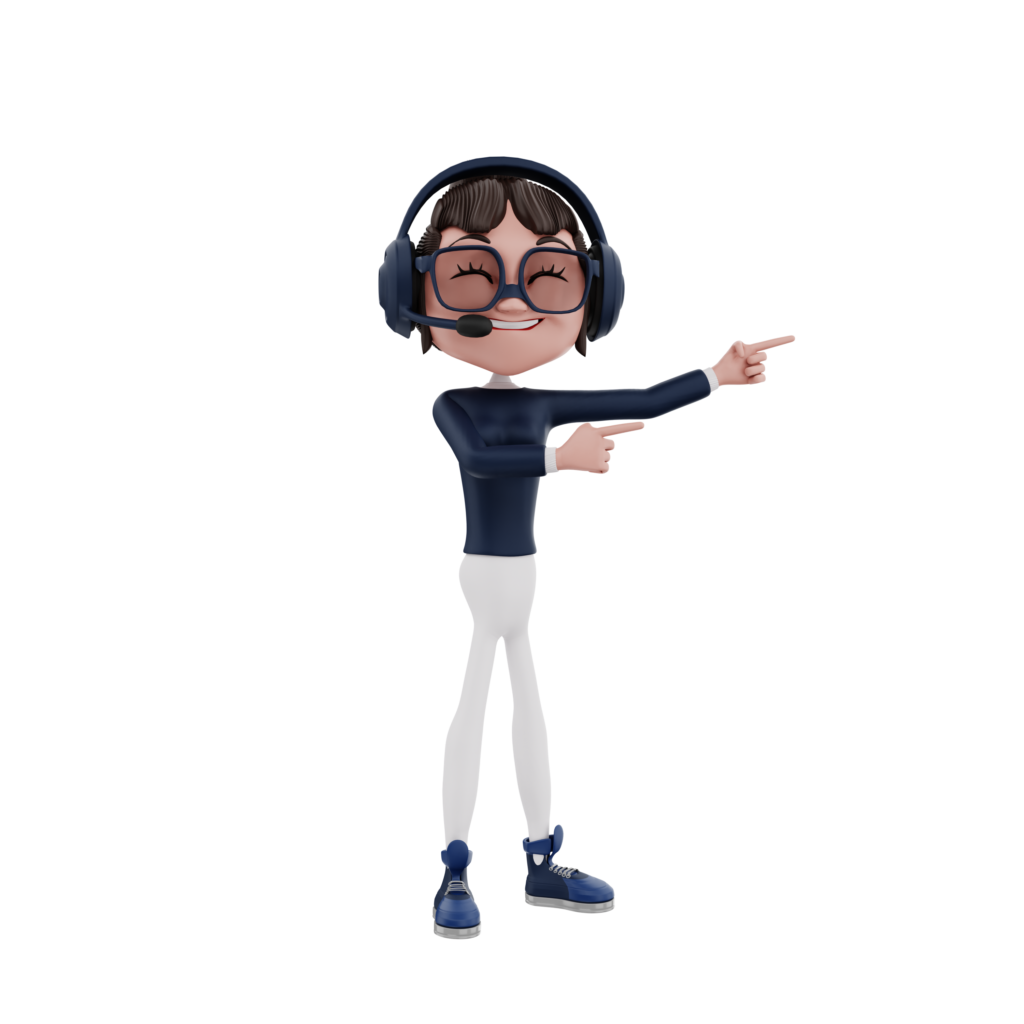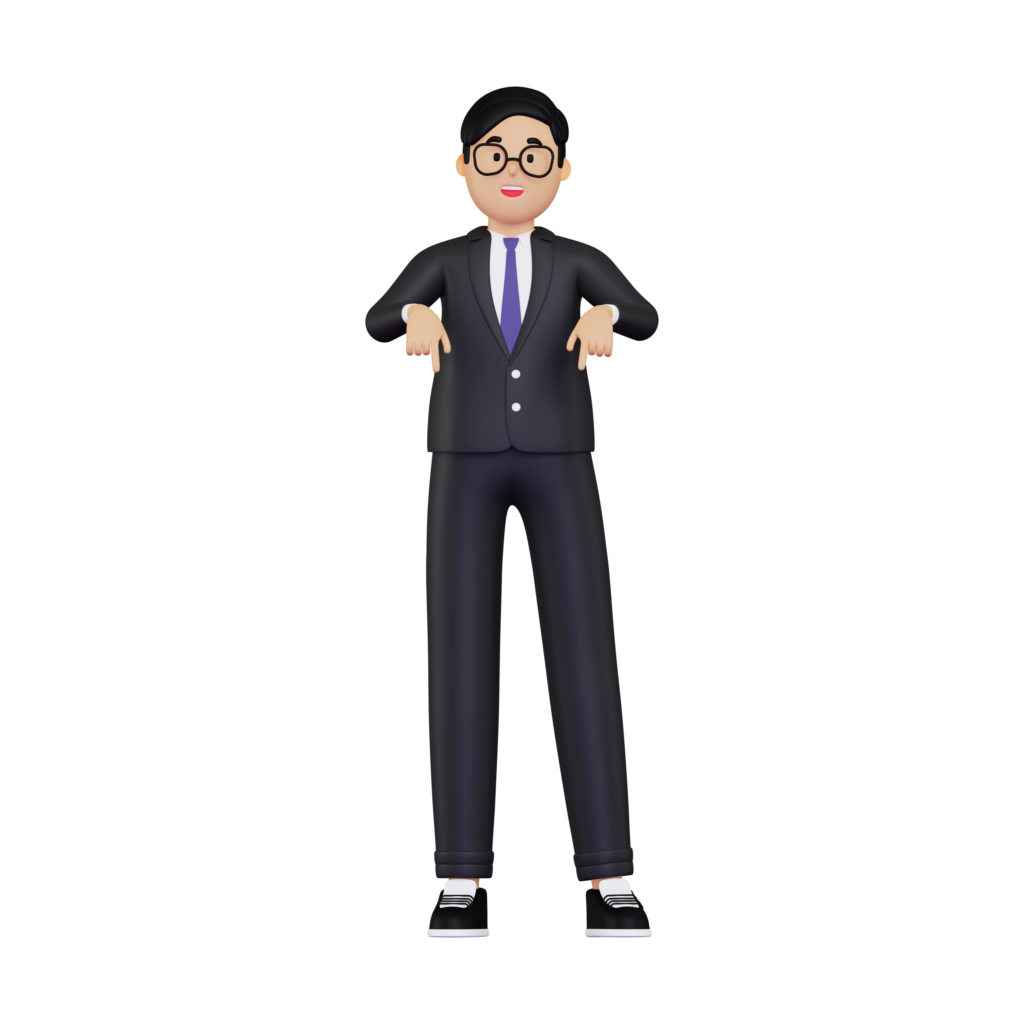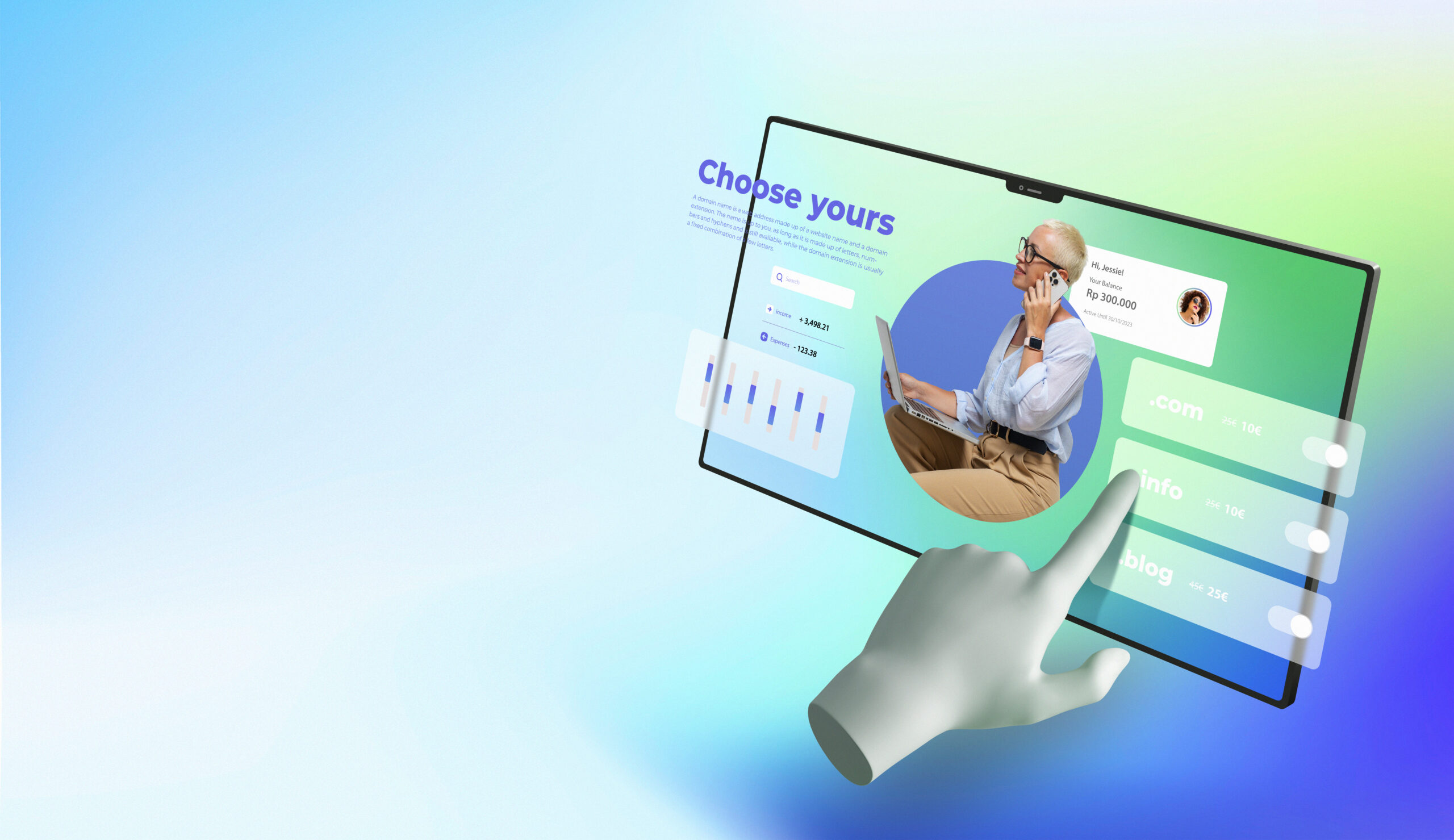When stepping into the vast realm of web design, one of the first decisions you might face is choosing the right environment to work in. The size of a web design agency plays a pivotal role in shaping the experience of its employees. From the compact, tight-knit team of a small agency to the bustling and dynamic floor of a larger one, each brings its unique set of benefits and challenges. If you’ve ever wondered what it would be like to work in one setting over the other, this post is tailor-made for you. Let’s dive in and unpack the contrasts between working in a small versus a big web design agency.
Enhance your online presence with Web Redesign Services from Webtec.
Personal Relationships and Team Dynamics
In a small web design agency, it’s almost guaranteed that you’ll know everyone on a first-name basis. The team is limited, which means that over time, you’ll develop close relationships with your colleagues. You’ll often find that communication is more direct, with fewer layers to go through. As a result, collaboration becomes more intimate and personal. Every team member’s input has a direct impact on the project at hand.
However, this close proximity also means that there’s limited room to hide. Everyone is accountable, and it’s easy to notice if someone isn’t pulling their weight. On the upside, the tight-knit environment can foster a sense of belonging and camaraderie that’s hard to replicate in larger settings.
Range of Projects and Client Interaction
One of the exciting aspects of working in a big web design agency is the diversity of projects you’ll encounter. Larger agencies often attract a wide array of clients from different sectors. This means you’ll get a chance to work on varying projects, each with its unique requirements and challenges. The scale of these projects might also be grander, giving you the opportunity to work on significant, high-impact tasks.
On the flip side, in a smaller agency, while the variety might be limited, the depth of involvement is often greater. You’ll likely find yourself wearing multiple hats, delving deep into projects, and having a more hands-on approach. Direct client interactions are more frequent in smaller settings, allowing for quicker feedback and adjustments.
Next recommended read: Why an Agency is Better than In-House Web Design.
Growth Opportunities and Learning Experiences
In a larger web design agency, there’s a distinct advantage when it comes to opportunities for growth. With a broader hierarchy and more roles, climbing the corporate ladder can be a clear and structured process. Larger agencies might also offer more formal training programs, workshops, and seminars, allowing employees to continually upskill and broaden their horizons.
Conversely, in a smaller setting, while there might be fewer rungs on the ladder, the learning curve can be steep. The necessity to handle various aspects of a project can make you a jack of all trades. The hands-on experience gained in a smaller agency can be invaluable, equipping you with a wide skill set in a shorter amount of time.
With these insights in mind, it’s essential to reflect on what environment aligns most with your career goals and personal preferences. Both small and large web design agencies offer valuable experiences; it’s all about finding the right fit for you. Whether you thrive in intimate settings where every voice counts or prefer the dynamism and diversity of a larger floor, the web design world has a place for you. Remember, it’s not just about the size of the agency but the magnitude of the opportunities and experiences it offers. Choose wisely, and you’ll find yourself not just working but flourishing in the exciting realm of web design.
Flexibility vs. Structure
At a smaller web design agency, there’s often a greater degree of flexibility. Whether it’s about choosing the tools and software you want to work with, flexible working hours, or even the freedom to introduce and implement new ideas, smaller agencies tend to be more agile. The lack of rigid structures and protocols can foster creativity, allowing employees to think outside the box and adapt quickly to changes.
On the other hand, bigger agencies generally have established protocols and systems in place. While this might seem restrictive to some, it provides a clear framework to operate within. The established processes ensure consistency in deliverables and can be especially beneficial when handling large-scale projects. This structure also offers clarity, with employees having defined roles and responsibilities, reducing ambiguity.
Resource Availability and Tools
A larger web design agency often has the advantage of better resources. With a more considerable budget, they can invest in the latest tools, software, and technologies. Employees get access to cutting-edge platforms that can aid in their work, enhancing efficiency and the quality of output.
In contrast, smaller agencies might operate on tighter budgets. While they might not have the latest high-end tools at their disposal, they often foster an environment that encourages creative problem solving. Limited resources can lead to innovative solutions, pushing employees to think of unique ways to tackle challenges.
Nature of Feedback and Recognition
Feedback is a crucial component of growth, and the nature of feedback can vary significantly between a small and a big web design agency. In smaller agencies, feedback is often instant and direct. With fewer layers of hierarchy, commendations and critiques come straight from decision-makers. This direct line can be beneficial, ensuring clarity and swift action on feedback.
Larger agencies, with their multiple levels, might have a more structured feedback system. While this can sometimes delay feedback, it also means that when recognition comes, it’s often from higher up the ladder, giving it significant weight. Larger setups might also have formal recognition systems like awards or monthly accolades that can be highly motivating.
Conclusion
In the ever-evolving domain of web design, the size of the agency you choose to work with can significantly shape your experiences. From personal relationships, project diversity, growth opportunities, flexibility, resources, to feedback mechanisms – both small and big web design agencies present a blend of advantages.
It’s essential to recognize that there’s no one-size-fits-all answer. Your decision should hinge on your individual preferences, career aspirations, and the kind of work environment you thrive in. While a larger agency might offer a broader spectrum of projects and a clear growth trajectory, a smaller one provides intimacy, direct client interactions, and a steep learning curve. The key is to understand what resonates with you the most, ensuring a fulfilling and rewarding career in the vibrant world of web design.


